|
Experiential learning resources for the innovative educator
One of the most common inquiries I get is for inquiry-based learning examples. It's widely known that inquiry-based learning is beneficial, but knowing how to use inquiry-based learning can feel like a mystery. Almost every learning experience that I facilitate with my own children and my high school students centers around inquiry-based learning, and I want to share some of those examples with you! Inquiry-based learning is a powerful learning tool for so many reasons, but what are some inquiry-based learning example activities that you can start with? Let's take a look. Inquiry-based learning is a child-centered learning experience where students construct their own understanding of a variety of concepts. Students do this by making observations, drawing on their own experiences, identifying assumptions, asking questions, experimenting (in some cases) and comparing their personal assessment of the information to current expert thought. The benefits? Students are engaged. Isn't this THE educator conquest, to engage students? My kids' eyes glaze over when I talk at them. Talk with them, or better yet, don't talk at all. Let them do the talking; the exploring. Inquiry is an experience. Lecture is not. If children are not experiencing the content, they're not invested. The passion for learning fizzles and students become disinterested, apathetic, bored, and yes, disengaged. My goal as a teacher is to create a learning environment for my students that offers the exact opposite of all of those barriers to deeper learning. So let's take a look at exactly what inquiry-based learning is with some examples, and some great activities to get you started. Inquiry Types: Before moving on, let's clarify the different types of inquiry. You can imagine them as if they're on a spectrum.
If you and your students are new to inquiry, it often helps to start with structured experiences, then move onto guided, until they are confident and ready for open inquiry. That's one way to do it. Or they can just dive right in and embrace the trial and error! So without further ado, let's go over some favorite inquiry-based learning example activities. 5 Game-Changing Inquiry-Based Learning Example ActivitiesInquiry is at the heart of each of the following example activities. These are the ones that I use the most often, but there are certainly others. Peruse your inquiry-based learning activity options below and try out a few that get you excited. Good luck! 1. Project-Based Learning: Project-based learning is an excellent sustained inquiry-based learning example activity. In project-based learning, students investigate a topic or problem. They ask a driving question related to that topic and/or problem, explore the topic or problem by asking a series of questions to answer the driving question, reach out to community experts, and arrange authentic learning experiences. Students demonstrate learning in an innovative way and present their information to an authentic audience. In project-based learning, students are not given direct instruction (for the most part). They make their own discoveries through deeper-level questioning about real-world concepts and engagement with the community in a meaningful way. Inquiry is a primary component of project-based learning and permeates through every phase. Inquiry-based learning is at play during the PBL design, research, demonstration, and sharing phases of the experience. Project-based learning is a great option for any group size, skill level, age level, and beyond. PBL is a perfect inquiry-based learning example activity for all educators as well, whether you're seasoned or a beginner that is just getting started. 2. Scientific Inquiry Scientific inquiry is another great inquiry-based learning example that I often use in my science classes. Rather than give students a recipe lab experiment, where they follow step-by-step instructions and the results are uniform and expected, students design and execute their own experiments based on their personal observations and questions. This is not a strategy reserved exclusively for science classes. My students conduct experiments related to psychology, sociology, business and marketing, math, and more. Your students could entirely design and lead their own experiments related to their own life experiences or interests. They can also conduct experiments with some parameters and guiding tools in place. For example, I might ask my psychology students to design and conduct experiments that fall under the theme of social norms. This gives them some direction but they still have the freedom to ask their own testable questions based on their observations and experiences. I like the guided approach, especially for beginners, because it helps them practice experimental design. With a little practice and experience they may be able to conduct open-scientific inquiry experiments without themes to guide them. 3. Problem-Based Learning Challenges Problem-based learning is an approach that involves students investigating real-world and relevant issues in an authentic way. They talk to people from every point of view, question experts, research old and new strategies for tackling the issue, and add novel ideas of their own. I like to have my students formulate a hypothetical comprehensive plan that solves the issue as the outcome of the experience. These problem-based learning challenges make a profound and lasting impact on students because they become experts on real community issues. A problem-based learning challenge is a favorite inquiry-based learning example because students have the opportunity to practice inquiry in an authentic way. They ask important questions of real people in the community itself, fostering connections between classroom learning and real-world solutions. Again guided vs. open inquiry is simply a difference in the guidelines that are offered. A guided problem-based learning challenge would be one in which you as their teacher offer a prompt or problem to get them started, such as an invasive species that is pervading local ecosystems. I have had my students do this exact problem-based learning challenge, which was to develop a comprehensive plan to prevent the spread of Asian carp to the Great Lakes. Another way to guide problem-based learning challenges while keep them inquiry-based and student-centered is to give them a theme. For example, the theme I might give them is invasive species. My students then explore local invasive species and choose one as the focus of their problem-based learning challenge. Finally, students can take on the entire experience from start to finish. They can choose the topic and the problem and these usually stem from observations and questions asked by your students. 4. Design Thinking Challenges: Design thinking challenges have become one of my favorite inquiry-based learning example activities. If you need a quick but powerful inquiry experience for your students, a design thinking challenge is a great choice! When you read the phrase "design thinking", crafting and DIY in a maker space may come to mind. But that is just a snapshot of a more profound inquiry-based learning experience. Design thinking is the process of solving a problem through creative design. Building and crafting might play a role in the design thinking challenge, but it also incorporates principles specific to design thinking. Students make a prototype of a product that solves a problem, they test it out on a relevant audience, tweak their design, test it again, and the cycle continues until they have a useable, effective final product. Imagine all of the observations and questions that surface during an experience like this. That is inquiry! Those questions lead to solutions that get at the source of problems. Students ask questions while researching effective designs. They ask questions while creating their prototypes: "What is working well? or What isn't working well?; "What could I change or alter to make my prototype more effective?"; and so on. Again, in this example of inquiry-based learning, students get curious and learn about the world around them through real-world, effective, and impactful inquiry. 5. STEM/STEAM Activities STEM challenges are inquiry-based learning examples that are not only fun, but help kids build inquiry skills. STEM activities can span several weeks of deep exploration or cover a one-hour class period. I like the flexibility of STEM. STEM challenges follow a similar framework to design thinking. During this process of trial and error, students ask questions and test their prior understanding of a concept. Their assumptions get flipped upside down. What they thought they knew is challenged. Your students then alter their line of thinking based on what they're experiencing, and this goes on and on until they have constructed an understanding of the concepts on their own, without you having to deliver it to them verbatim. There are other inquiry-based learning examples beside the ones mentioned in this post, I just love these specific examples. Inquiry does not function on strict rules. When trying to figure out how to incorporate inquiry-based learning into the learning day, just look for what inspires curiosity and gets your kids excited. Organize learning experiences that ask students to actively think, explore, and investigate, vs. passively sitting back while information flies through one ear and out the other. Try out some of the inquiry-based learning examples mentioned in this post, or come up with your own! Doesn't matter either way as long as your students get the chance to learn through self-directed inquiry once in a while! What are you some of your favorite inquiry-based learning examples for classroom teachers or homeschool parents? Share in the comments! Bundle and Save: More on Inquiry-Based Learning: Join our experiential learning Facebook group!
Did you know there is an experiential learning Facebook group? Check that out - Experiential Learning Community for K12 Teachers - and join in the discussion about experiential learning ideas! Find us on social media! Follow Experiential Learning Depot on Pinterest, Facebook, Youtube, and Instagram for more on experiential education, and check out my shop for experiential learning resources. Observe. Question. Explore. Share.
0 Comments
Your comment will be posted after it is approved.
Leave a Reply. |
Blog IntentTo provide innovative educational resources for educators, parents, and students, that go beyond lecture and worksheets. AuthorSara Segar, experiential life-science educator and advisor, curriculum writer, and mother of two. Categories
All
|
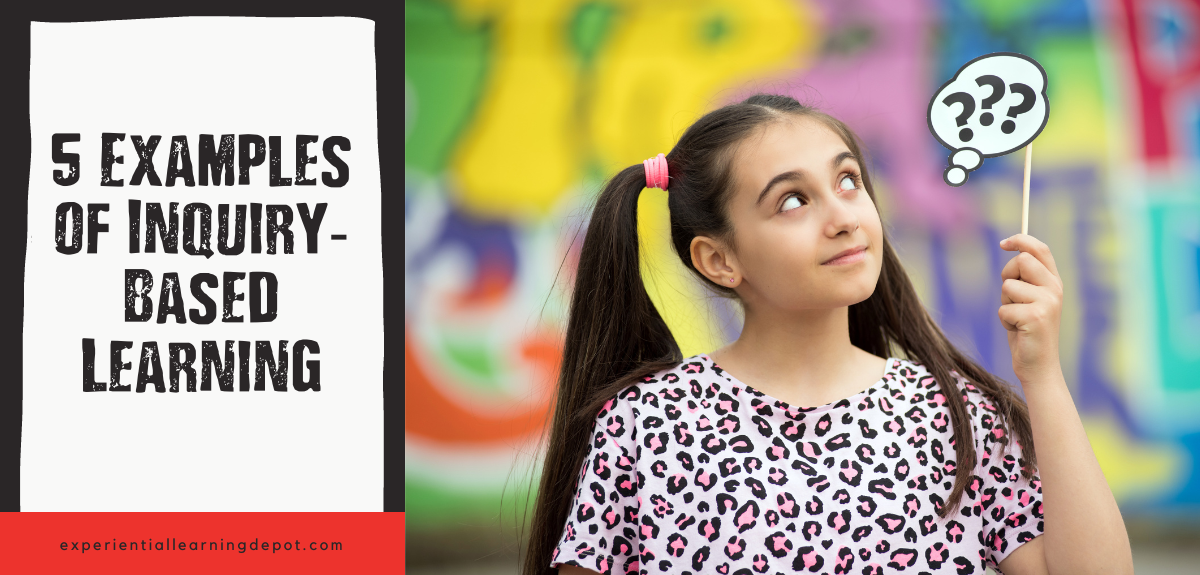
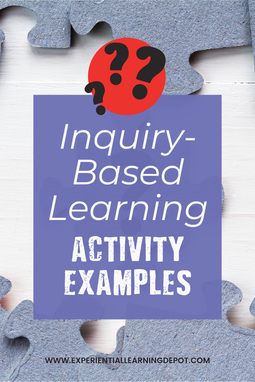
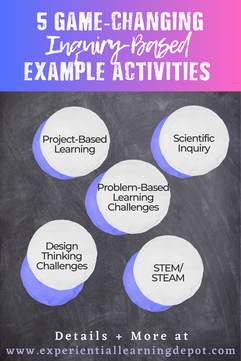
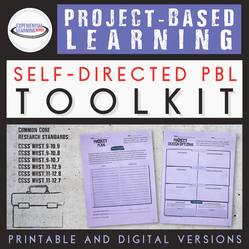
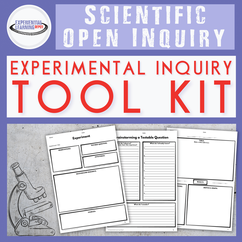
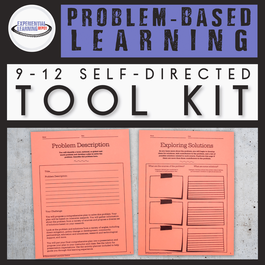
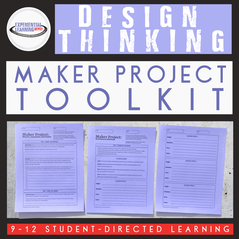
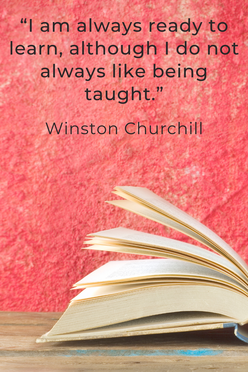
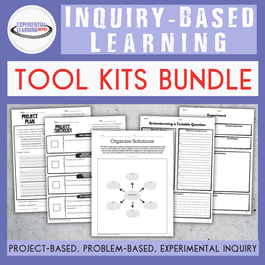
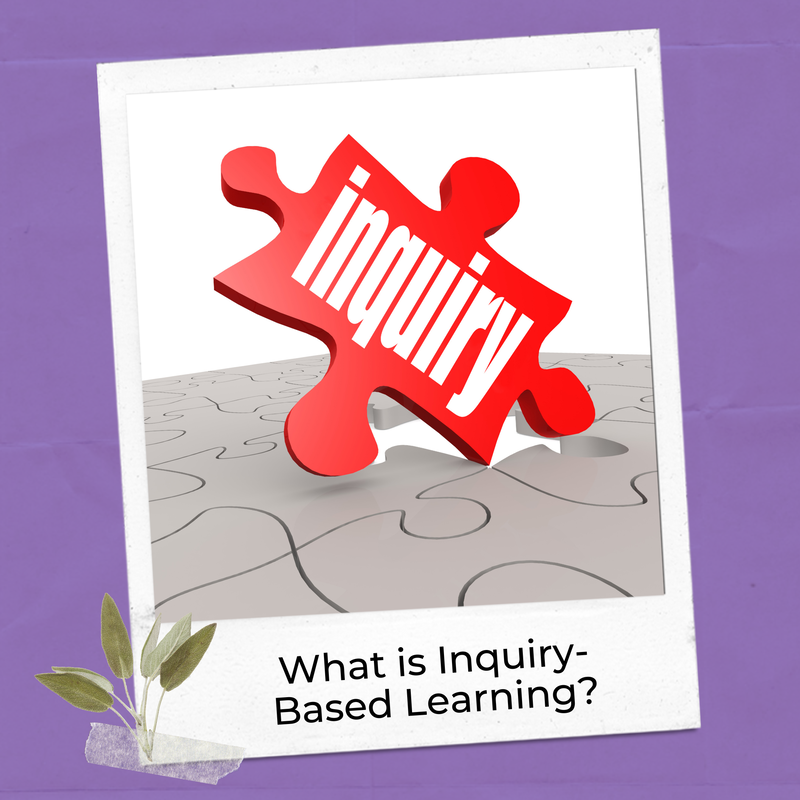
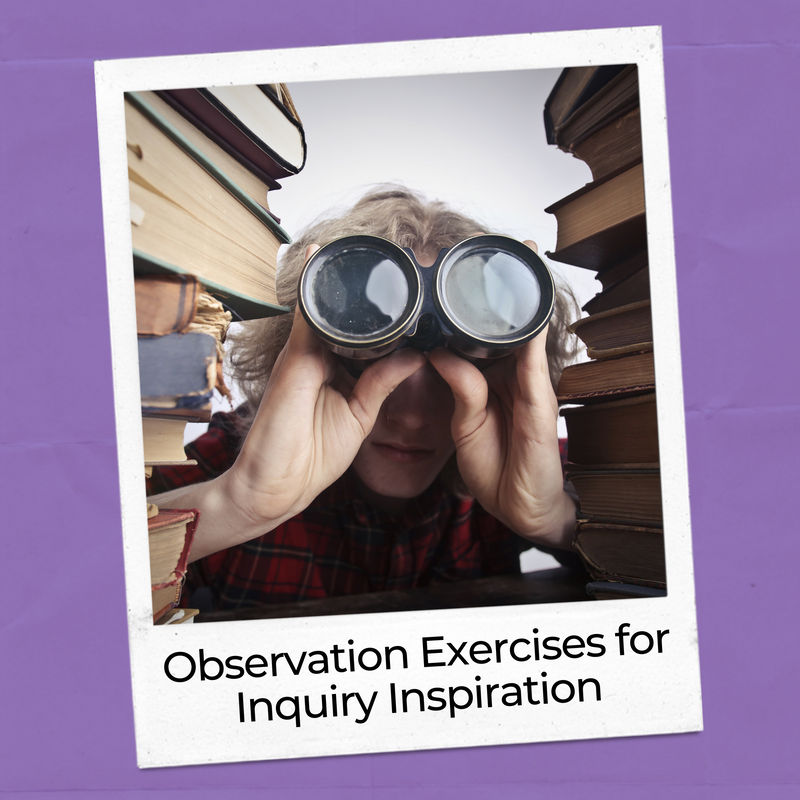
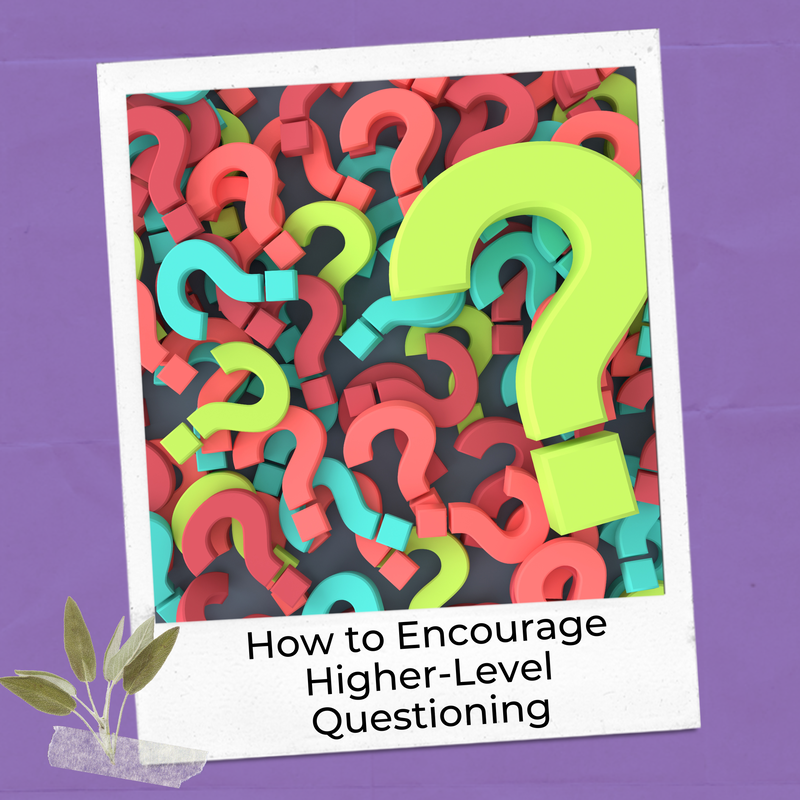


 RSS Feed
RSS Feed